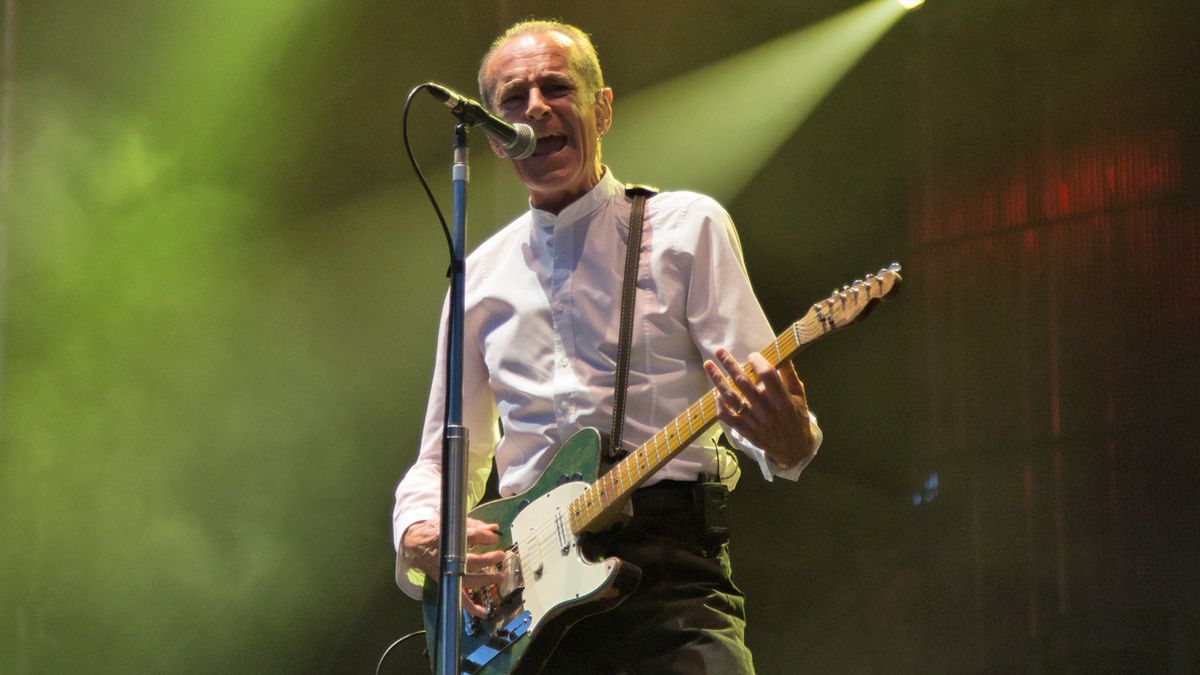
Back to the Future isn’t just a classic sci-fi adventure. It’s a cultural touchstone that continues to spark curiosity decades after its release. From behind-the-scenes surprises to clever in-jokes and near-misses, this time-travel trilogy has an incredibly rich history. Get ready to dive deep into the vault of Hill Valley lore and uncover some truly mind-blowing secrets that even the most dedicated fans might have missed.
Released in 1985, under the skilled direction of Robert Zemeckis and co-written with his long-time collaborator Bob Gale, Back to the Future became an instant cinematic masterpiece. It’s a film that seamlessly combines humor and thrilling adventure, making it a timeless classic for audiences of all ages. But behind the iconic DeLorean and the unforgettable characters lies a treasure trove of fascinating stories and surprising twists in its making.
We’re talking about the kind of facts that make you lean back and say, “Whoa, wait a minute!” So, grab your hoverboard (or at least your favorite comfy chair) as we embark on a nostalgic journey through time. Prepare to have your mind blown with these incredible revelations about one of the greatest films of all time.
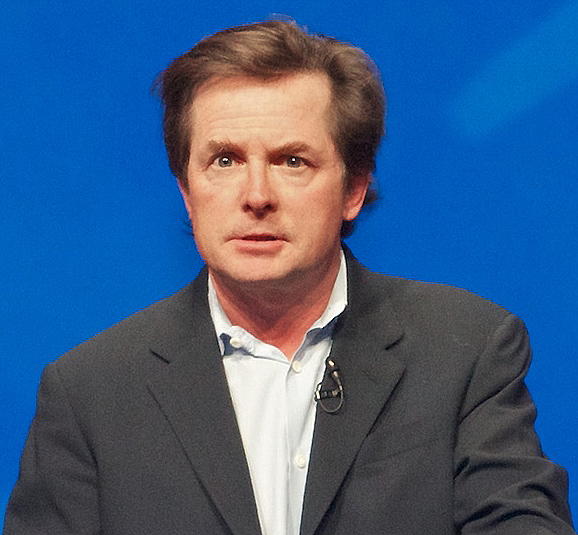
1. **Michael J. Fox Wasn’t the Original Marty**It’s almost impossible to imagine anyone but Michael J. Fox zipping around in the DeLorean as the lovable, guitar-shredding Marty McFly. His portrayal is so iconic, so ingrained in pop culture, that the mere thought of another actor in the role feels like a glitch in the space-time continuum. Yet, for several weeks during the film’s initial production, a different actor entirely was cast in the lead role, bringing a distinctly different vibe to the set.
That’s right, Eric Stoltz was originally tapped to play Marty McFly. He even filmed for several weeks, immersing himself in the character. However, as the production progressed, director Robert Zemeckis and producer Steven Spielberg felt that the tone wasn’t quite right. Stoltz, a talented actor in his own right, brought a more serious, dramatic interpretation to Marty, which ultimately didn’t align with the comedic and lighthearted vision Zemeckis had for the film.
The decision to replace a lead actor weeks into filming is an incredibly difficult one, often costly and emotionally taxing for everyone involved. Robert Zemeckis has even called firing Stoltz, “the worst moment of my career.” This pivotal moment in the film’s history paved the way for Michael J. Fox, who was always Zemeckis’ first choice but had been unavailable due to his commitments to the popular sitcom, *Family Ties*. The stars, it seems, finally aligned, even if it meant a grueling schedule for Fox.
Read more about: Unraveling the Enigma: Michael J. Fox, Parkinson’s, and the Intricate Dance of Genetics and Environment

2. **The Time Machine Was Originally a Refrigerator**The DeLorean time machine, with its sleek stainless steel body, gull-wing doors, and pulsating flux capacitor, is arguably one of the most recognizable vehicles in cinematic history. It’s an instant symbol of innovation, adventure, and of course, time travel. But picture this: instead of a futuristic sports car, Marty McFly was originally going to climb into a household appliance to jump through time.
Yes, you read that correctly. In early drafts of the script, the time-faring vehicle was intended to be a refrigerator. This “time chamber,” as it was sometimes referred to, was envisioned as a stationary device that Doc Brown would transport on the back of his truck. Marty would then enter this appliance to embark on his temporal journey. It’s a concept that sounds almost absurd now, especially given the dynamic, action-packed sequences the DeLorean enabled.
The change from a refrigerator to a car wasn’t merely an aesthetic one; it was a crucial decision driven by safety concerns. Director Robert Zemeckis and producer Steven Spielberg ultimately scrapped the refrigerator idea because they became worried about children climbing into refrigerators in real life and potentially becoming trapped, attempting to replicate what they saw on screen. This concern for child safety highlights the conscientious approach taken by the filmmakers, even while crafting a fantastical story. The shift to a car not only averted potential real-world hazards but also opened up possibilities for more exciting, mobile time-travel scenarios.
Read more about: The Silent Vanishing: Exploring America’s Fading Lifestyles and Traditions Before They’re Gone
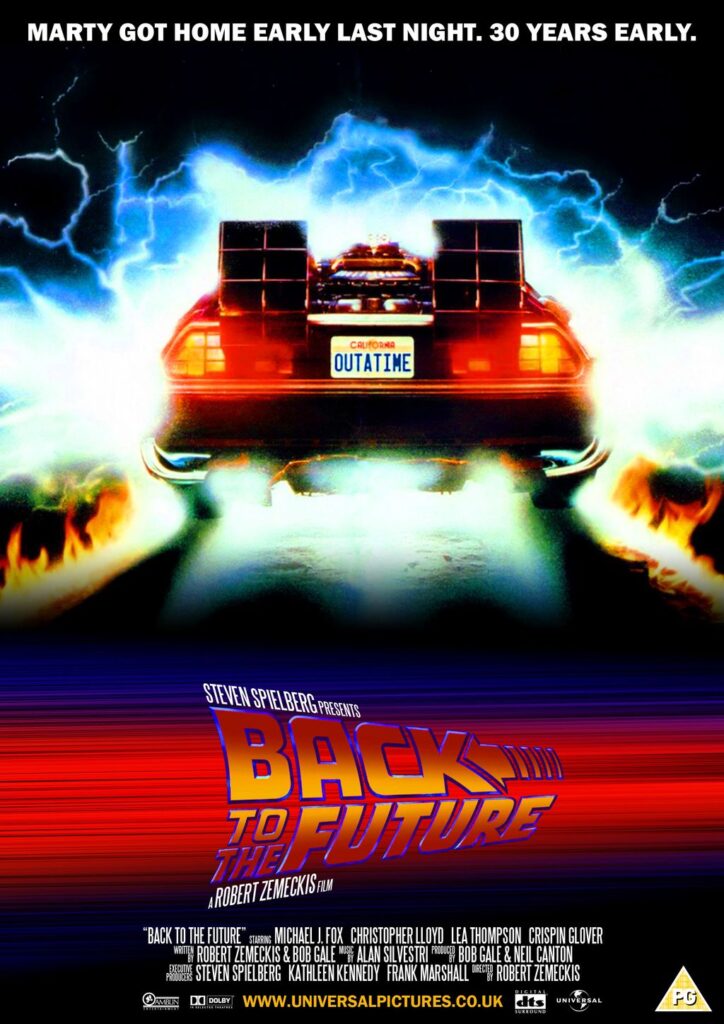
3. **The Original Title Was ‘Spaceman from Pluto’**Can you imagine going to see a movie called “Spaceman from Pluto” instead of “Back to the Future”? It sounds like a campy, B-movie sci-fi flick from the 1950s, not the beloved, timeless classic we know today. Yet, this was a very real, very serious suggestion from a studio executive during the film’s development. It’s a reminder that even cinematic masterpieces often face baffling creative interference.
One of the executives that co-writers Bob Gale and Robert Zemeckis met with was apparently worried that audiences would “shun a film with the word future in its title.” This peculiar concern led to the infamous suggestion to retitle the film “Spaceman from Pluto.” It’s hard to fathom how such a generic and misleading title could have ever been considered a viable alternative, especially for a story so fundamentally about time travel and family.
Thankfully, cooler heads—and a legendary filmmaker—prevailed. Steven Spielberg, who was producing the film, stepped in to deftly squash the ridiculous suggestion. Bob Gale recounted how he and Zemeckis were at a loss for what to do with the memo. Spielberg, however, knew exactly how to handle it. He sent a humorous memo back to the executive, stating, “Hi Sid, thanks for your most humorous memo, we all got a big laugh out of it, keep ‘em coming.” This subtle but firm rejection, by essentially making fun of the suggestion, ensured that the iconic title “Back to the Future” remained untouched, forever preserving its perfect resonance with the film’s themes.
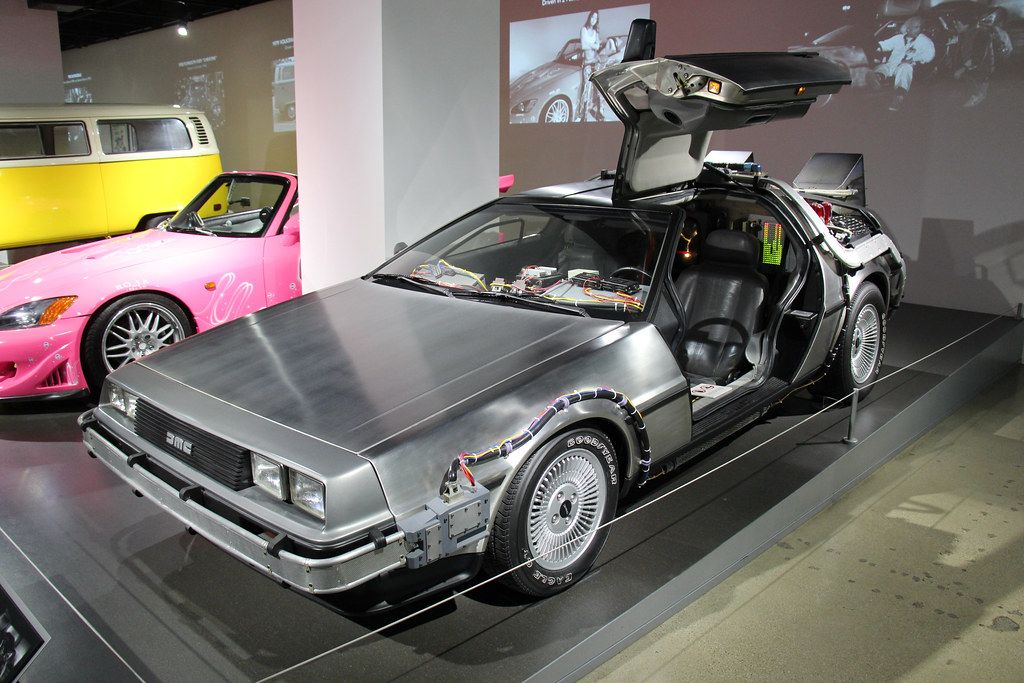
4. **The Script Was Rejected Over 40 Times**Today, *Back to the Future* is celebrated as a contemporary classic, a film that instantly transports audiences to a thrilling and unforgettable cinematic experience. Its groundbreaking special effects, fantastic performances, and iconic soundtrack have cemented its place as one of the greatest films of all time. Given its monumental success and enduring legacy, it’s truly astonishing to learn that the initial script faced overwhelming rejection from Hollywood studios.
Bob Gale shared the incredible journey of the screenplay, revealing that the script was rejected “over 40 times by every major studio and by some more than once.” This level of dismissal is almost unfathomable for a project that would go on to gross over $381 million worldwide and spawn two successful sequels. It highlights the often-unpredictable nature of the film industry, where even brilliant concepts can be initially overlooked or misunderstood.
The reasons for rejection varied, but two main critiques consistently emerged. “It was always one of two things,” Gale explained. “It was ‘Well, this is time travel, and those movies don’t make any money.’ We got that a lot.” This common industry perception at the time nearly derailed the film before it even started. The second, and perhaps more ironically humorous, critique came from a different direction: “We also got, ‘There’s a lot of sweetness to this. It’s too nice, we want something raunchier like *Porky’s*. Why don’t you take it to Disney?”
In an amusing turn of events, when Gale and Zemeckis did take the script to Disney, they faced yet another unexpected rejection. Disney’s executives, far from finding it “too nice,” found it “too dirty for us!” The particular sticking point for them was the storyline involving Marty and his mother. An executive reportedly exclaimed, “Are you guys nuts? Are you insane? We can’t make a movie like this. You’ve got the kid and the mother in his car! It’s incest—this is Disney. It’s too dirty for us!” The irony of the situation, being deemed too sweet by some and too raunchy by others, speaks volumes about the creative tightrope the filmmakers walked before Universal Pictures finally saw its immense potential.
Read more about: China’s Naval Ascendancy: A Data-Driven Examination of its World-Class Fleet’s Strengths and Strategic Vulnerabilities
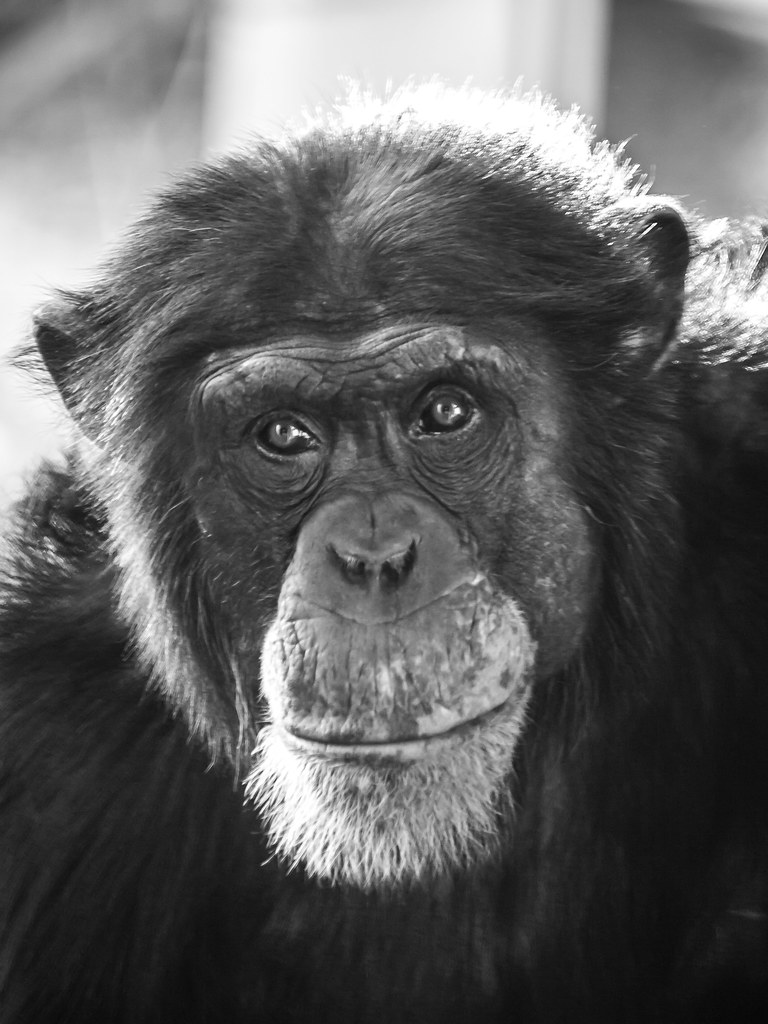
5. **Doc Brown Almost Had a Pet Chimpanzee**Doc Emmett Brown’s eccentric personality, wild hair, and groundbreaking inventions are intrinsically linked with his loyal companion, Einstein, the dog. Einstein plays a small but memorable role in the film, particularly as the first living creature to test the DeLorean’s time-travel capabilities. However, in the very early stages of the script, Doc Brown’s furry friend was originally a different species entirely, and the change was made due to a very specific, and rather amusing, studio mandate.
Initially, Doc Brown was envisioned with a pet chimpanzee named Shemp. This detail adds another layer to Doc’s already quirky character, giving him an even more unconventional companion. One can only imagine the comedic possibilities and scientific experiments a chimp might have been involved in! However, this animal choice didn’t sit well with one influential studio head, Sid Sheinberg, the head of Universal.
Sheinberg had a strong, albeit unusual, conviction about certain animals in film. As Bob Gale recounted, Sheinberg declared, “I looked it up, no movie with a chimpanzee ever made any money.” Gale and Zemeckis tried to counter with examples like Clint Eastwood’s *Every Which Way But Loose* and *Any Which Way You Can*. Sheinberg quickly dismissed them, stating, “No, that was an orangutan.” His insistence on this seemingly arbitrary rule led to the immediate decision to swap Shemp for a canine companion. Thus, Einstein, the dog, came into being, proving that sometimes, even the smallest details in a film’s production can be shaped by the most unexpected, and specific, executive preferences.
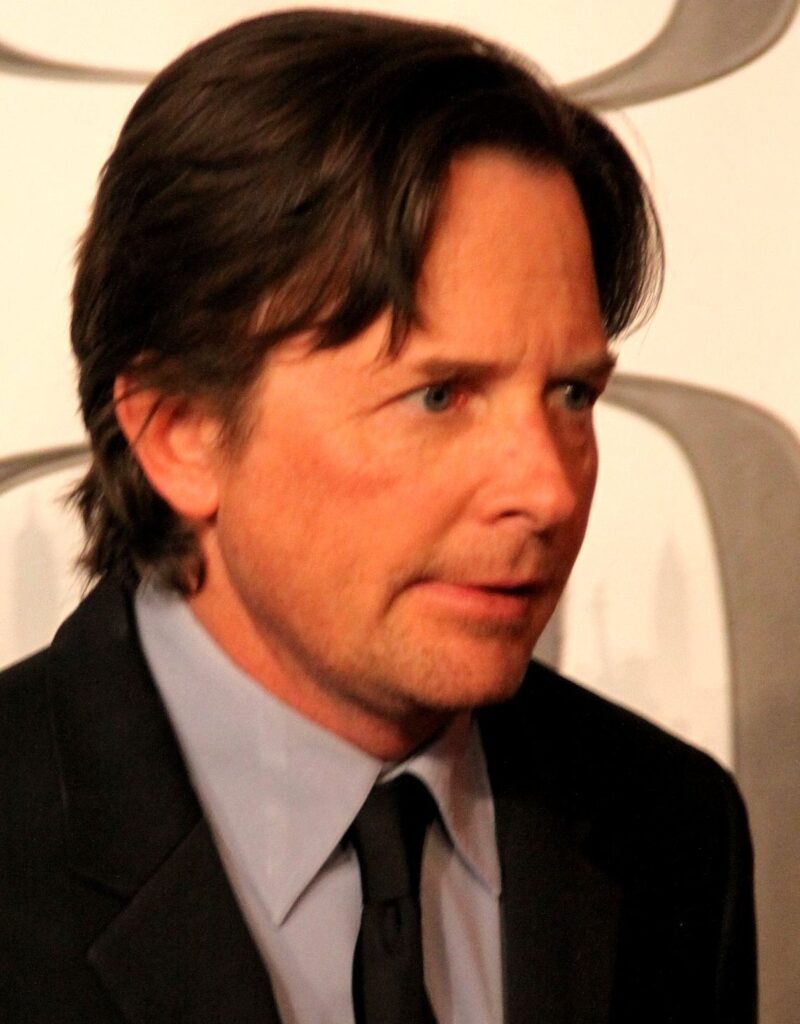
6. **Michael J. Fox Juggled Two Major Roles Simultaneously**Michael J. Fox’s electrifying performance as Marty McFly is a huge part of what makes *Back to the Future* so special. His energy, comedic timing, and genuine charisma are evident in every scene. What makes his achievement even more remarkable is the incredibly demanding schedule he endured during production, balancing two major roles simultaneously, a feat that would test the limits of any actor.
When Eric Stoltz was let go from the film, Robert Zemeckis went back to *Family Ties* to try and secure Michael J. Fox once more. This time, the popular sitcom’s co-creator, Gary Goldberg, relented, but with a strict condition: the *Family Ties* schedule could not be interrupted. This meant Fox had to commit to both projects at the same time, leading to an almost unbelievably grueling routine that lasted for two full months.
Fox’s daily schedule was nothing short of a marathon. He would rehearse for *Family Ties* from 8 am to 6 pm. Immediately after, he would rush to the *Back to the Future* set, where he would rehearse and shoot scenes until approximately 3:30 am. This left him with barely three hours of sleep per night, a pace that few could sustain. His dedication to both roles is a testament to his professionalism and passion, and it undoubtedly contributed to the authentic, energetic performance that viewers came to adore in *Back to the Future*. It’s a behind-the-scenes story that truly highlights the immense effort and sacrifice that goes into creating cinematic magic.
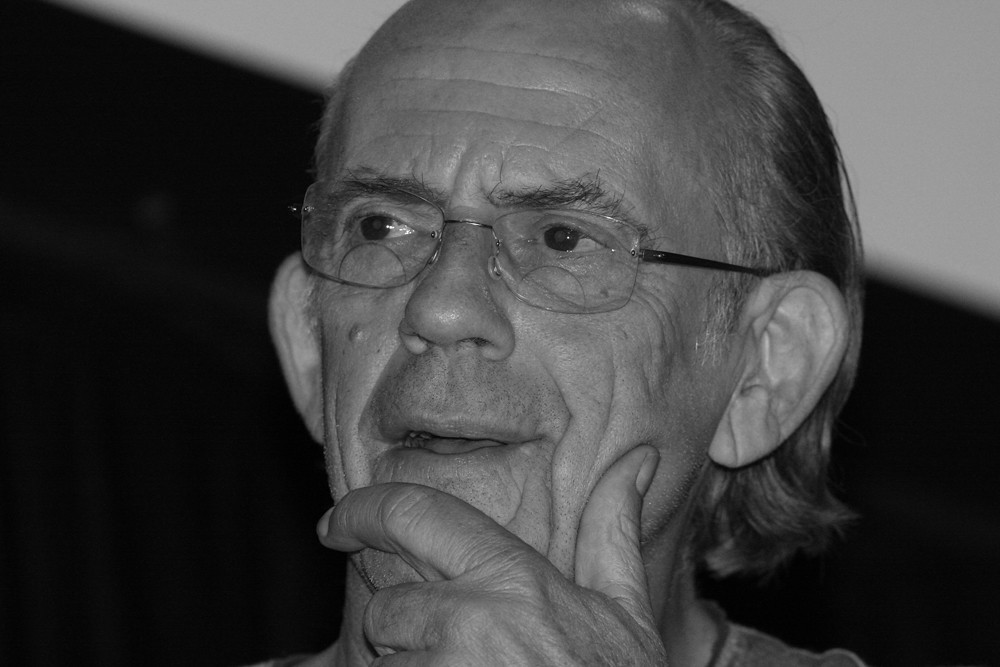
7. **Christopher Lloyd’s Inspirations for Doc Brown**Christopher Lloyd’s portrayal of Doc Emmett Brown is nothing short of legendary. His wild hair, dramatic expressions, and booming voice have cemented Doc as one of cinema’s most beloved eccentric geniuses. It’s almost impossible to imagine anyone else bringing such a unique blend of scientific brilliance and lovable madness to the character.
But here’s a fun tidbit: Lloyd initially turned down the role! With aspirations of being a serious actor, he reportedly threw the script in the trash. Can you even picture a world where we didn’t get Christopher Lloyd as Doc Brown? Luckily, a meeting with director Robert Zemeckis changed his mind. Zemeckis’s passionate explanation of his vision for the movie, and specifically for Doc Brown, deeply resonated with Lloyd.
Once on board, Lloyd poured his unique creative energy into crafting the character. He drew inspiration from two truly fascinating figures. For the scientific genius and wild-haired look, he modeled Doc after none other than Albert Einstein himself. And for those dramatic, larger-than-life mannerisms and that theatrical flair, Lloyd looked to the famed conductor Leopold Stokowski. It’s a combination that truly gave Doc that unforgettable, slightly unhinged yet deeply endearing presence we all know and love.
This blend of a brilliant physicist and a flamboyant showman is precisely why Doc Brown feels so real, yet so wonderfully over-the-top. His dedication to science, no matter how outlandish, became one of the film’s most endearing qualities. Even his loyal canine companion, Einstein, is a clever nod to his intellectual muse, solidifying the character’s unique foundations.
It’s this meticulous layering of inspiration that allowed Christopher Lloyd to create a character who is both incredibly intelligent and utterly captivating, perfectly complementing Marty’s more grounded personality and providing the perfect catalyst for all those amazing time-travel adventures.
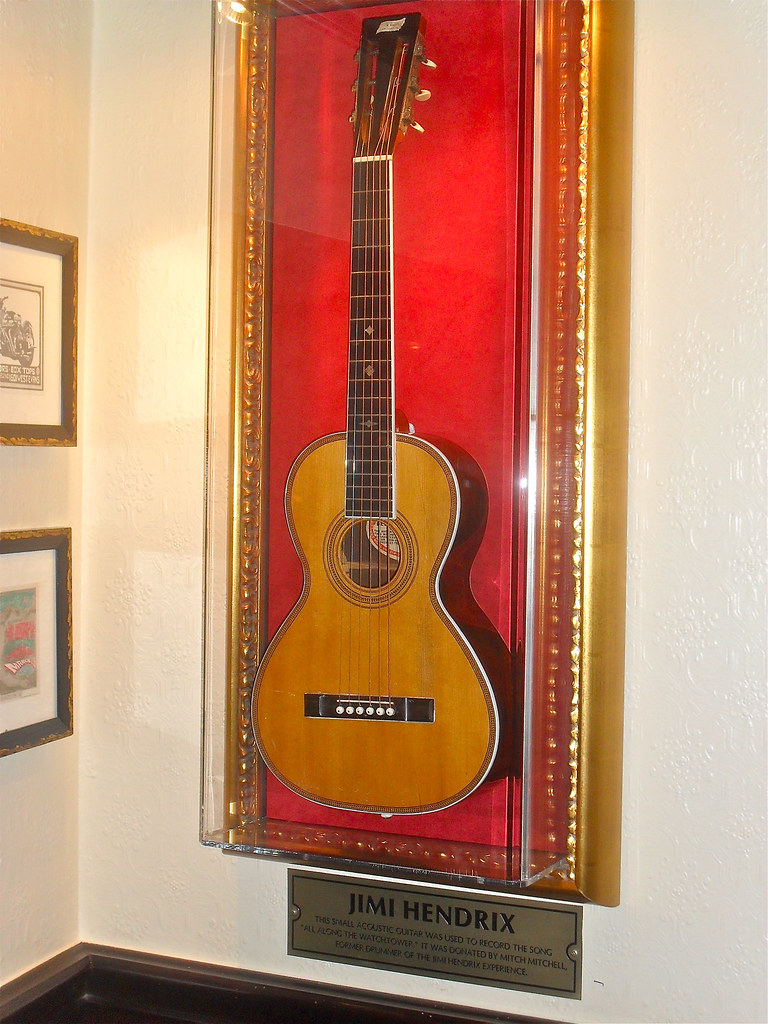
8. **The Famous “Johnny B. Goode” Scene Was Improvised**Who can ever forget Marty McFly taking the stage at the Enchantment Under the Sea dance, picking up that guitar, and absolutely tearing through “Johnny B. Goode”? It’s one of the most electrifying and iconic moments in cinematic history, perfectly capturing Marty’s rebellious spirit, musical talent, and his accidental influence on rock and roll. The energy is simply infectious!
Here’s a fact that might just make you say, “Whoa, wait a minute!” Much of that electrifying performance wasn’t rigidly scripted. Michael J. Fox, a natural showman and a genuinely talented musician, ad-libbed a significant portion of the scene. This spontaneous energy brought an authentic, raw, and unbridled feel to Marty’s performance, making it truly special and believable.
Fox’s performance wasn’t just physically dynamic; it captured the very essence of rock and roll before it truly exploded into the mainstream in the 1950s. His ability to convey a sound that was ahead of its time, while still making it feel like something these 1955 teenagers were just discovering, perfectly bridged the generational gap and added another layer of genius to the film’s narrative.
While the scene is pure rock-and-roll magic, there’s a fun little anachronism that eagle-eyed fans might have caught. Marty’s chosen guitar for his legendary performance, a Gibson ES-345, actually wasn’t released until 1958, a few years after he was supposed to be performing in 1955! It’s a subtle, almost blink-and-you’ll-miss-it detail that ironically serves as a humorous, if unintended, nod to his futuristic origins.
This iconic scene perfectly encapsulates the film’s blend of humor, music, and the subtle, yet impactful, paradoxes of time travel. It’s a masterclass in how a single moment can define a character and leave an indelible mark on pop culture, making us all want to grab a guitar and shred like Marty.

9. **The DeLorean’s Time Circuits: Real LED Lights**The DeLorean time machine isn’t just a car; it’s *the* time machine. With its sleek stainless steel body, gull-wing doors, and, of course, those instantly recognizable glowing time circuits on the dashboard, it screams “future!” The intricate display and pulsating lights perfectly convey the advanced science-fiction element of the film, making time travel feel tangible and exciting.
Want to know a cool behind-the-scenes secret about how they achieved that futuristic look? The unique, believable appearance of those time circuits wasn’t some complex CGI trickery or a prop department’s elaborate paint job. The filmmakers actually used real LED lights to create that distinctive, futuristic glow. This clever use of practical effects gave the dashboard an authentic, tactile feel that audiences could genuinely believe in.
The visual effects team, Industrial Light & Magic (ILM), did some truly impressive work, expertly combining both practical and digital effects to bring the DeLorean’s time-traveling capabilities to life. From laying out tracks with gasoline and setting them on fire to meticulously tracking the car’s movements with cameras, every detail contributed to those iconic vanishing and reappearing moments that left audiences in awe.
Director of Photography Dean Cundey played a crucial role in making the DeLorean’s jumps through time feel so impactful. He had a camera rigged to a dolly, allowing him to track the car’s speeding movement, then suddenly bring the camera to a dead stop precisely when the DeLorean vanished. This technique created the impression of flames shooting out from the car, adding a layer of dramatic realism to the fantastical event.
This careful attention to practical details, even for a fantastical concept like time travel, made the science fiction believable and grounded. It’s a testament to the ingenuity of the filmmakers who created a vehicle that would become an iconic symbol of adventure and innovation, forever etched in cinematic history.

10. **Hill Valley: A Universal Studios Backlot Set**Hill Valley, the charmingly familiar setting for Marty and Doc’s time-traveling escapades, feels like a real, lived-in town, evolving and changing across the different time periods they visit. It’s a character in itself, shaping the narrative and grounding the fantastical elements. But what if we told you that this beloved town isn’t actually a place you can visit on a map?
That’s right, the picturesque town square, complete with its iconic clock tower, and many other locales were actually a versatile set built right on the Universal Studios backlot. This practice is pretty common in Hollywood, allowing filmmakers to control every aspect of the environment. This particular set had been “redressed” and used for countless other movies and TV shows before *Back to the Future*, showcasing its incredible adaptability. Fans can still visit parts of the Universal Studios set today, walking in the footsteps of Marty McFly and Doc Brown!
And speaking of iconic structures, Doc Brown’s beautifully preserved 1955 home is actually the Gamble House in Pasadena, California. This stunning piece of architecture is a real-life landmark, a famous example of American Arts and Crafts design. The fact that real, historic locations were woven into the fictional tapestry of Hill Valley adds another layer of depth and realism to the film.
Perhaps most eerily, the clock tower on the Universal backlot experienced its own brush with lightning in real life. During a major fire in 1994, the clock tower was struck by lightning, causing significant damage. This real-world event chillingly mirrored its climactic fate in the film, where Marty had to harness a lightning strike to power the DeLorean and return to 1985. Talk about life imitating art in the most extraordinary way!
These real-world connections, whether in the form of a reusable set or an architectural landmark, make the fictional town of Hill Valley even more special. It highlights how the film’s magic extends beyond the screen, creating a sense of shared history and wonder for generations of fans.

11. **Jennifer Parker: The Recasting for Sequels**Marty McFly’s ever-supportive and wonderfully understanding girlfriend, Jennifer Parker, is a familiar face throughout the *Back to the Future* trilogy. She’s the steady anchor in Marty’s wild, time-hopping life, always there to bring him back to reality – well, as much reality as a time-traveler can have! However, if you’ve watched the films closely, you might have noticed a subtle, yet significant, difference between the first movie and its sequels.
In the original 1985 classic, Jennifer was played by the talented Claudia Wells, who brought a sweet and grounded presence to the role. She perfectly captured the essence of a typical high school sweetheart, making her incredibly relatable. Her chemistry with Michael J. Fox felt genuine, adding to the film’s charm and heart.
But when it came time for *Back to the Future Part II* and *Part III*, the role of Jennifer was recast, with Elizabeth Shue stepping in to portray Marty’s loyal girlfriend. This change was primarily due to scheduling conflicts; Claudia Wells had to attend to a family matter, which unfortunately prevented her from returning for the sequels – a common, if sometimes disruptive, challenge in the bustling world of film production.
While recasting a prominent character can sometimes be jarring for audiences, Elizabeth Shue seamlessly integrated into the role, ensuring Marty’s personal life remained a steady and recognizable anchor throughout his increasingly complex time-traveling escapades. Her performance helped maintain the character’s integrity and importance to the overall narrative, despite the change in actress.
This behind-the-scenes adjustment is a testament to the adaptability of film production and the strength of the character itself. Both actresses brought their unique talents to Jennifer, allowing her to remain a beloved and crucial part of Marty’s journey, underscoring the enduring appeal of the *Back to the Future* universe.
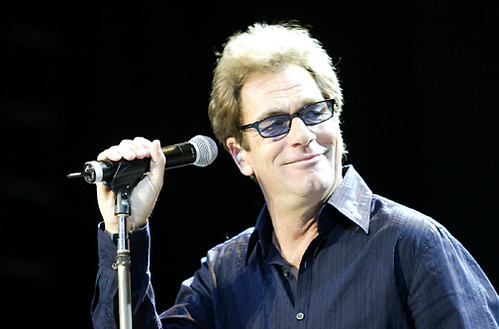
12. **Huey Lewis’s “Too Loud” Cameo**No discussion of *Back to the Future* is complete without a massive shout-out to its absolutely iconic soundtrack. It’s truly a timeless collection of tunes that perfectly captures the film’s energetic spirit, and at the heart of it all is the chart-topping hit, “The Power of Love” by Huey Lewis and the News. The song became synonymous with Marty’s adventures, driving home the film’s themes of love, courage, and, of course, the thrill of being in a fast car!
But Huey Lewis’s connection to the film goes beyond just providing its smash-hit theme song! He actually makes a super memorable cameo appearance in the movie itself. If you’re a keen-eyed fan, you can spot him as one of the judges during Marty’s band audition scene, the moment where Marty and his band, The Pinheads, try to make it big in their own time.
In a brilliant piece of meta-humor that only a truly great film can pull off, Lewis, the very musician responsible for the film’s hit song, delivers one of the most perfectly ironic lines to Marty. After listening to The Pinheads’ enthusiastic, guitar-shredding performance of “The Power of Love,” he tells Marty’s band that their music is, wait for it… “too darn loud.” Oh, the irony!
This seemingly small moment of self-referential humor significantly enhances the film’s already playful and lighthearted tone. It’s a clever, winking nod to the audience, celebrating the film’s musical heritage while simultaneously poking fun at it. It adds a layer of fun and inside joke appeal for sharp-eyed viewers and music fans alike, making it a standout cameo.
It’s these kinds of thoughtful, humorous details that elevate *Back to the Future* from a great movie to a legendary one. The cameo is a fantastic blend of pop culture and storytelling, and it continues to delight fans who catch the subtle brilliance of Huey Lewis telling Marty to turn down the very song that defines his adventure. Great Scott!
And there you have it, folks! From the creative sparks that inspired iconic characters to the meticulous details that brought futuristic gadgets to life, the *Back to the Future* trilogy is packed with more hidden gems, behind-the-scenes stories, and serendipitous connections than you can shake a hoverboard at. It’s no wonder this cinematic masterpiece continues to spark conversations and inspire generations of filmmakers and dreamers.
So, next time you queue up a *Back to the Future* marathon, remember these incredible facts. They’ll give you a whole new appreciation for the sheer ingenuity, dedication, and sometimes, pure happenstance that went into creating one of the greatest and most beloved film franchises of all time. It’s a wild ride through cinematic history, and these facts are your perfect companion for the journey. Keep those time circuits fired up, because the adventure truly never ends!” , “_words_section2”: “1845



